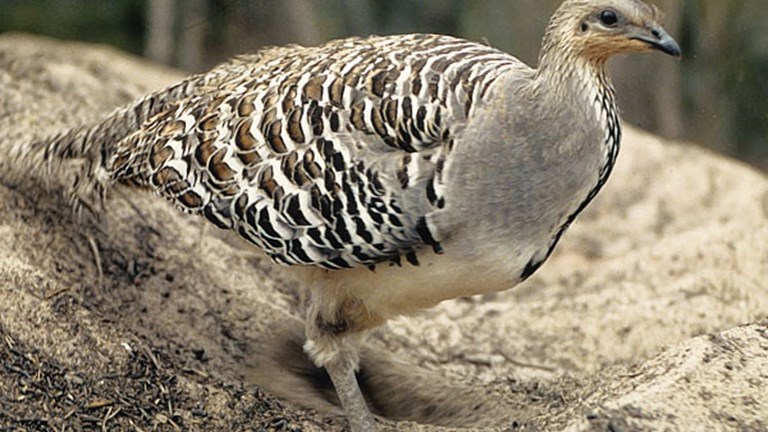
Malleefowl
Leipoa ocellata
Morelia spilota metcalfei
Inland Carpet Pythons are preyed upon by foxes. Furthermore, habitat loss through logging and firewood collection has reduced their range. They are also commonly killed by humans, even though they are largely harmless and are natural enemies of pests such as introduced mice and rats.
Inland Carpet Pythons
Inland Carpet Pythons are found in the Murray–Darling Basin of Queensland, New South Wales, Victoria and South Australia. They inhabit rocky country or riverine forests, principally in drier areas of Victoria and the Murray–Darling Basin.
Also called the Murray Darling Carpet Python, this is one of six subspecies of Morelia spilota found across Australia. Inland Carpet Pythons are semi-arboreal, living in tree hollows and rock crevices. They are often associated with River Red Gum forests and Black Box forests. But with expanding human development they are now often found around human dwellings, such as in roofs or sheds, where they feed on rats and mice.
Inland Carpet Pythons have a beautiful mottled skin with a pattern of dark grey and black patches. The underside of their bodies are pale grey or cream. They are most active at dusk, dawn and night but may also bask in winter sun.
Females lay 10–50 eggs every 3–4 years and guard their clutch, ‘shivering’ to generate heat to warm the eggs. Females do not eat while incubating and build up large fat stores to sustain them for the duration. Upon hatching, the young pythons are completely independent and do not remain with their mother.
Like all pythons, Inland Carpet Pythons are not venomous, but kill their prey by constriction. They ambush their prey and wrap themselves around the animal, squeezing until it dies from suffocation. Despite this, Inland Carpet Pythons are popular as pets since they are generally not aggressive towards humans.
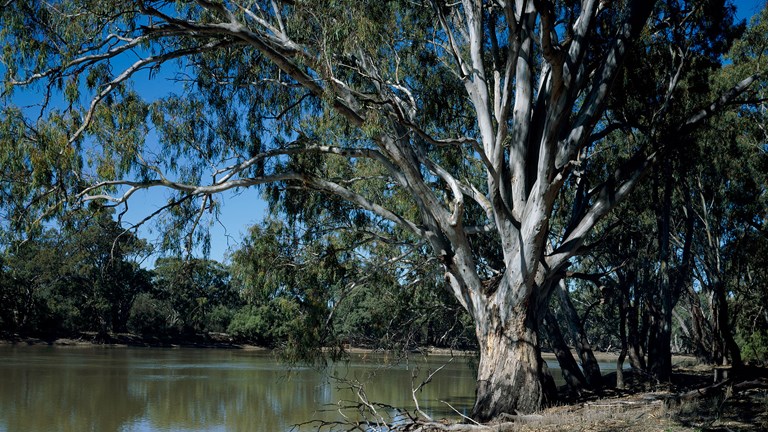
There are many types of dry forests in Victoria including stringybark, red gum, grassy woodlands and the remnants of the once great box–ironbark forests.
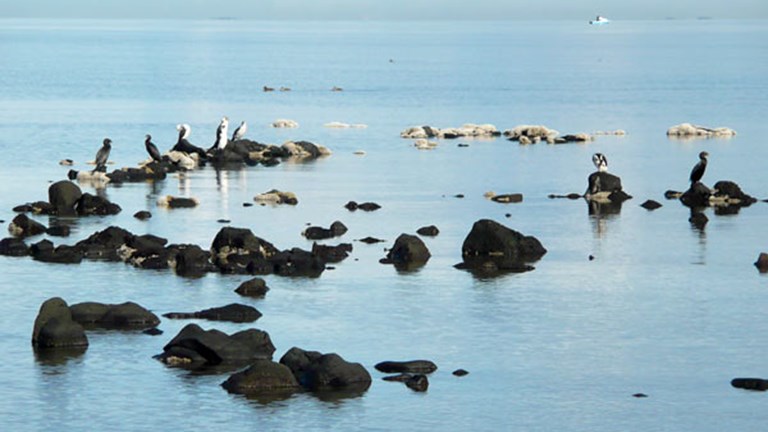
Victoria’s coastal wetlands are significant places for wildlife, with many listed in international conventions to protect the habitat of migratory birds.
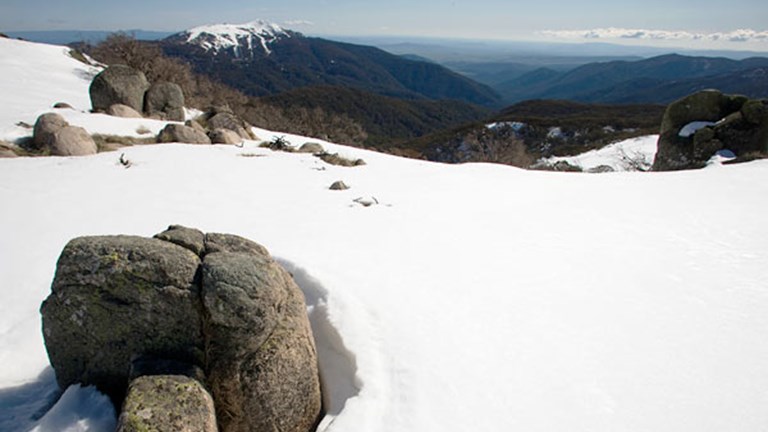
The Victorian Alps extend from the plateaus of Lake Mountain and Mt Baw Baw to peaks such as Mt Feathertop and the headwaters of the Murray River.
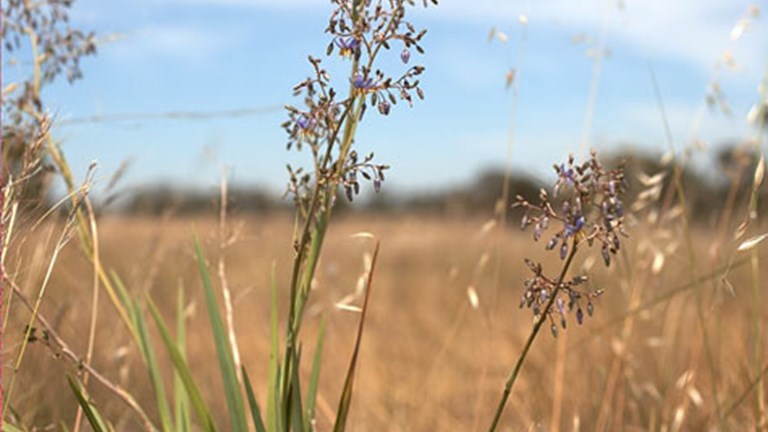
When the first Europeans arrived in Victoria there were grasslands on the vast, undulating western plains, on the northern plains and in Gippsland.
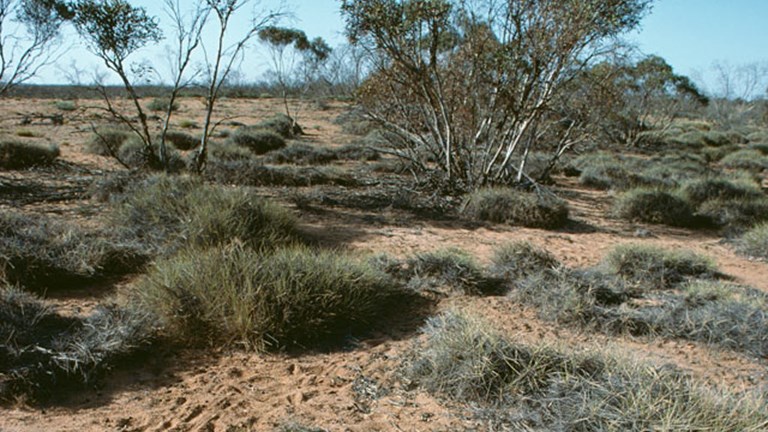
The Victorian Mallee in the north-western corner of the state has a mosaic of vegetation types adapted to low rainfall and sandy soils.
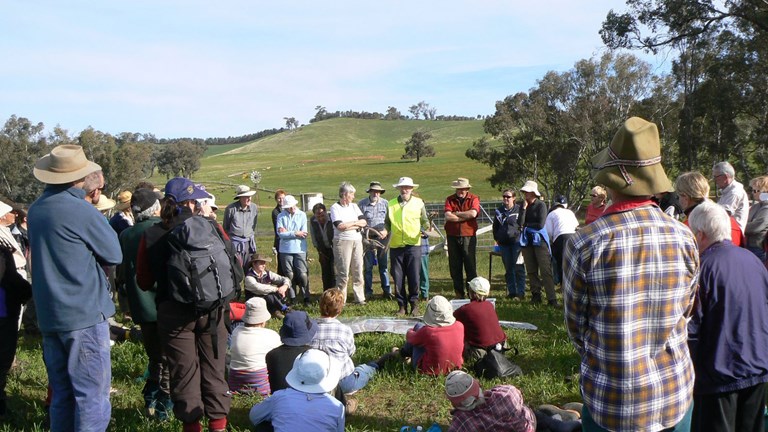
Find out about the issues affecting our special places and the plants and animals that live in them, and discover some ways you can help.
We are making improvements to our website and would love to hear from you about your experience. Our survey takes around 10 minutes and you can enter the draw to win a $100 gift voucher at our online store!
Museums Victoria acknowledges the Wurundjeri Woi Wurrung and Boon Wurrung Bunurong peoples of the eastern Kulin Nations where we work, and First Peoples across Victoria and Australia.
First Peoples are advised that this site may contain voices, images, and names of people now passed and content of cultural significance.